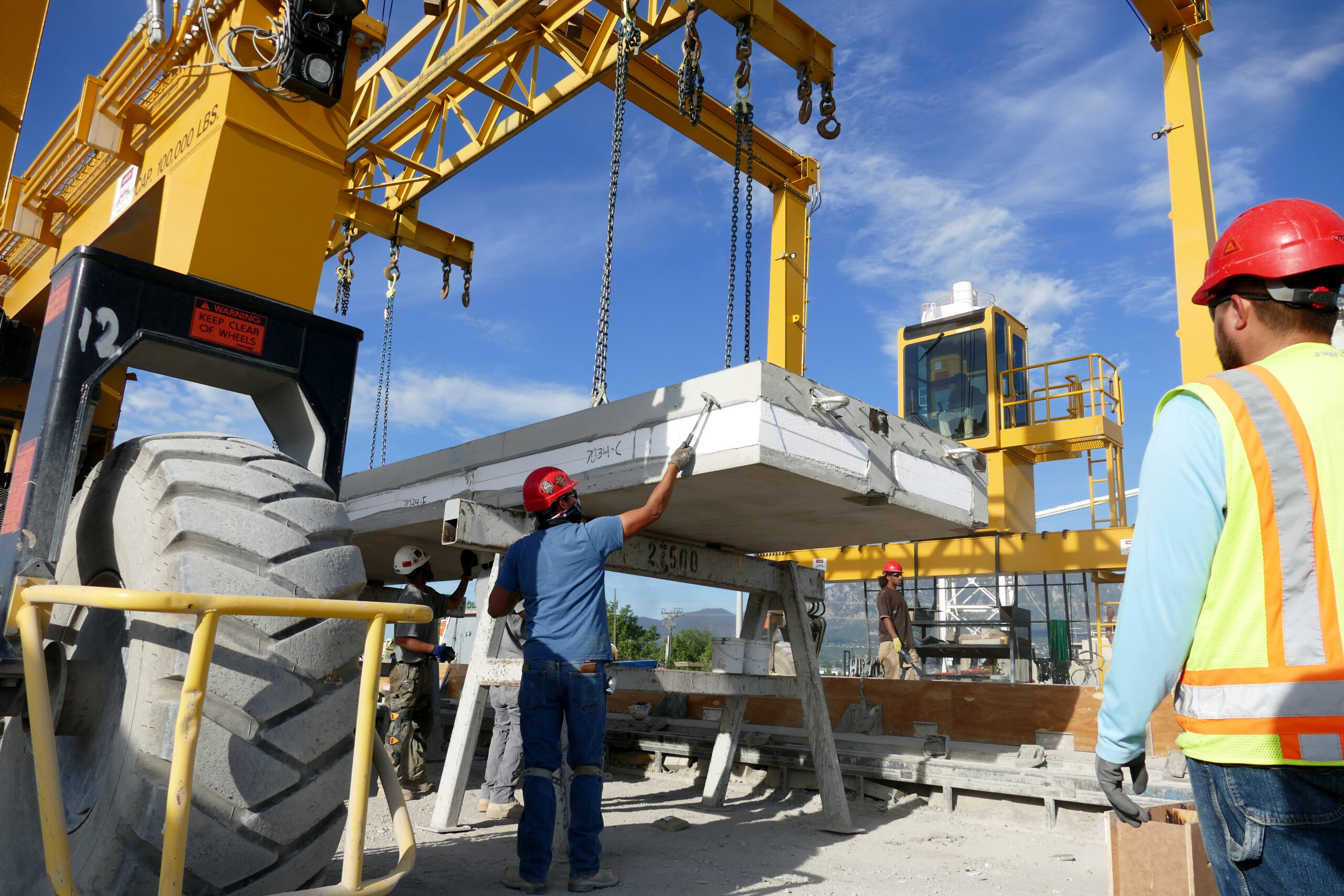
By Jim Schneider, LEED AP
A building is an enormous investment in funds, labor and materials — not just in present-day terms, but also for the future. Building for tomorrow means making choices that create minimal impact today in the service of a structure that will serve its occupants and community in an effective and efficient way well into the future.
Buildings and the act of construction are major contributors to the energy, carbon and material footprints that we are seeking to reduce to mitigate the impacts of climate change. The US Green Building Council calculates that the building industry consumes 40 percent of the raw materials flow of the global economy every year. EPA estimates that 569 million tons of construction and demolition waste were generated in the United States in 2017. That is more than twice the amount of generated municipal solid waste.
According to the United Nations Environment Program, buildings and their construction worldwide account for 36 percent of global energy use and 39 percent of energy-related carbon dioxide emissions each year. U.S. Energy Administration data from 2018 shows that residential and commercial buildings account for 40 percent of energy usage in the U.S.
LCA data gathered from a comparative, third-party study conducted by the Precast/Prestressed Concrete Institute (PCI) estimates that approximately 95 percent of a building’s energy footprint comes from its use phase. In the end, whether we’re talking about energy, embodied carbon or overall environmental impact, the use phase is where the biggest hit takes place and therefore is where we can make the biggest difference.
Because construction is such a resource- and energy-intensive endeavor, the most sustainable building is one that performs at a high level for a long period of time. Better-performing, longer-lasting buildings can help us turn the tide against climate change.
Energy and Environment
Precast, prestressed concrete can contribute to energy-efficient, high-performing building envelopes. Particularly when utilizing precast sandwich wall panels with continuous insulation, a single wall system can provide high R-values while serving simultaneously as an air and vapor barrier.
In addition, the physical properties of concrete can help minimize a building’s energy load. Thermal mass is the quality of concrete that causes it to work something like a heat battery, slowly absorbing and releasing heat. This effectively slows down heat transfer through the envelope, releasing heat at off-peak hours when energy is less expensive. It lowers the magnitude of temperature peaks, creating a more comfortable, even temperature and reducing demand on HVAC systems.
ASHRAE 90.1 allows for an R-Value correction that incorporates thermal mass. For example, a case study PCI conducted on a building in Fresno, CA, showed that a precast sandwich wall panel with a material R-Value of R-11.33 actually performed at R-26 when factoring in thermal mass. That project was able to downsize its HVAC by 37 percent, creating a notable reduction in up-front costs and energy impact over time.
The Carbon Question
While all of these long-term operational benefits are important, it is also important to recognize that the effort to mitigate the effects of climate change is an immediate task, and we have to consider how to best minimize the impacts of construction in the short term.
All building materials create some type of carbon impact, whether it’s from their manufacture, transport and construction, or in the case of timber, biogenic carbon loss and the removal of CO2 absorbing trees through foresting. In the case of concrete, its impact comes primarily from the manufacture and use of Portland cement, an important element in the concrete mix.
Precast, prestressed is a particularly efficient application of concrete and ultimately does more with less material. So when utilizing concrete, plant manufactured precast uses lean techniques that generate very little waste and deliver incredible strength.
The concrete industry also is working hard to reduce its own greenhouse gas impact. Supplementary Cementitious Materials (SCMs) such as fly ash can often be used in the replacement of cement in a concrete mix.
Research is also being done to sequester carbon and store it in the material rather than emitting it into the atmosphere. There also is enthusiasm around ultra-high performance concrete, or UHPC, which has a minimum specified compressive strength of 17,000 pounds per square inch (120 MPa) with specified durability, tensile ductility and toughness requirements. UHPC can do much more with much less material.
Decision-makers on any project have to weigh many tradeoffs when making material selections. There is no silver bullet, but precast, prestressed concrete has many advantages that can help achieve sustainability and resilience goals.
Jim Schneider, LEED AP, is the executive director of PCI Mountain States, a chapter of the Precast/Prestressed Concrete Institute (PCI) based in Denver. He can be reached at jschneider@pcims.org.









